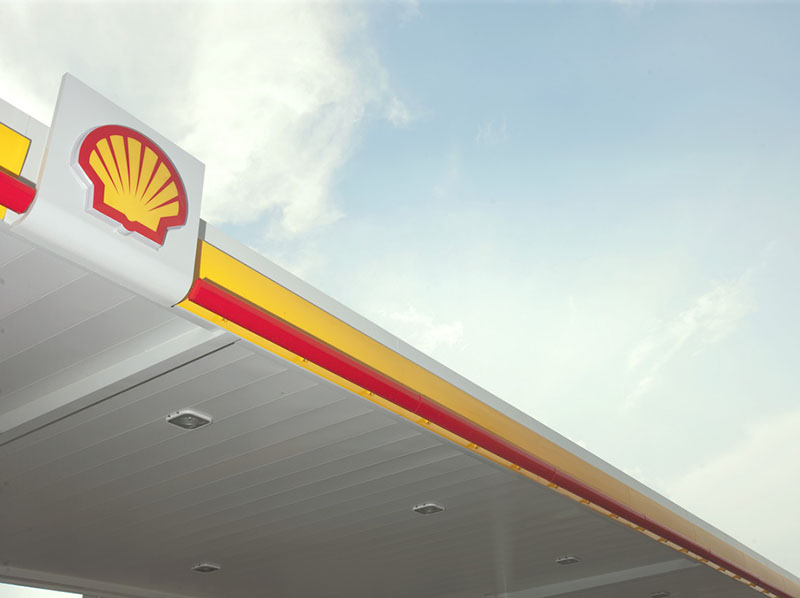(Bloomberg) — Royal Dutch Shell Plc appeared to put the worst of the oil slump behind it as rising cash flow allowed Europe’s largest energy company to trim debt for the first time since the downturn began.
Investors looked beyond a worse-than-expected fourth-quarter profit, sending shares higher. Following billions of dollars of cost reductions and a recovery in oil prices just as production rose last year, the company generated enough cash to cover spending and dividends for a second consecutive quarter — assuaging what has been a key concern for shareholders throughout the 2 1/2 year rout.
“Our strategy is starting to pay off,” Chief Executive Officer Ben van Beurden said in a Bloomberg Television interview. “Free cash flow is well above requirements, we have started to pay down our debt in the fourth quarter. I do think we are on track. But we still have a long way to go.”
Big challenges remain. Oil’s recovery to around $55 a barrel only lifted Shell’s exploration and production unit to just above break-even. Meanwhile, the higher cost of crude sapped the profitability of refining and trading. That was reflected in quarterly adjusted profit of $1.8 billion, a billion dollars short of analysts’ expectations. Performance fell short at all three of Shell’s main units: exploration and production, refining and natural gas. Yet cash flow jumped 69% from a year earlier to more than $9 billion.
“Though they missed earnings estimate, actually it’s a great result,” said Oswald Clint, a London-based analyst at Sanford C. Bernstein & Co. “This is a cash-flow story, which was pretty impressive. It was well ahead of anyone’s expectations.”
Shell’ B shares rose 1.8% to 2,262 pence at 11:55 a.m. in London. The stock advanced 53% last year, the first annual gain in three.
Tackling Debt
Van Beurden has made debt reduction a top priority since he piled up borrowings following Shell’s $54 billion purchase of BG Group Plc last year. And he’s making progress. Gearing — a measure of indebtedness — was 28% at the end of the year, down from 29.2% at the end of the third quarter.
Further progress was made earlier this week as Shell announced the sale of fields in the North Sea and Thailand for as much as $4.7 billion. The company’s $30 billion divestment program is on track and a further $5 billion of asset sales are in “advanced progress,” it said in a presentation.
Shell expects capital expenditure to be about $25 billion this year and $25 billion to $30 billion in 2018, Van Beurden said at a press briefing in London, adding that spending will be toward the bottom of the range if oil prices stay around current levels.
Oil-market volatility has seen the majors such as Shell profit from trading the commodity in recent years. But as the market stabilizes, that task becomes more difficult. Earnings from that business have now “flattened,” the CEO said. Income from refining and trading combined fell to $77 million in the fourth quarter, down almost 90% from a year earlier.
Return on Capital
Shell delivered a return on capital employed of just 2.9%, only fractionally higher than the record low of 2.8% in 1998 and the second-lowest in more than 60 years, according to Bernstein.
“Our return is not where it needs to be,” Van Beurden said. “If you look at where we think our return needs to be at the end of the decade, it should be double-digit return at oil prices slightly higher than where they are today.”
U.S. peers also struggled in the last quarter, with both Chevron Corp. and Exxon Mobil Corp. announcing earnings well short of estimates. U.K. producer BP Plc is due to report results on Feb. 7, and France’s Total SA on Feb. 9.
Bloomberg News by Rakteem Katakey





